Pacific Ring of Fire: Volcanoes, Earthquakes and Plate Tectonics
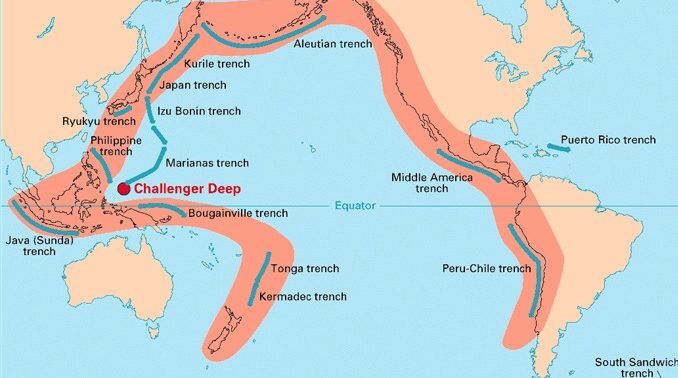
The Pacific Ring of Fire
The Pacific Ring of Fire is a horseshoe pattern of plate tectonic boundaries. The most violent catastrophes occur at convergent boundaries along the ring.
When plates smash together, it creates chains of volcanoes.
Almost all plate tectonics along the Ring of Fire collide and sink into the ocean floor as convergent plates.
In fact, about 90% of the world’s earthquakes occur at these zones of subduction along the Pacific Ring of Fire.
Which tectonic plates are part of the Pacific Ring of Fire?
The Pacific Ring of Fire is due to subduction zones of three main active tectonic plates:
Despite moving just 5-10 cm every year, plate tectonics can release a tremendous amount of energy. For example, Indonesia along the Pacific Ring of Fire is known for having one of the most active chains of volcanoes in the world.
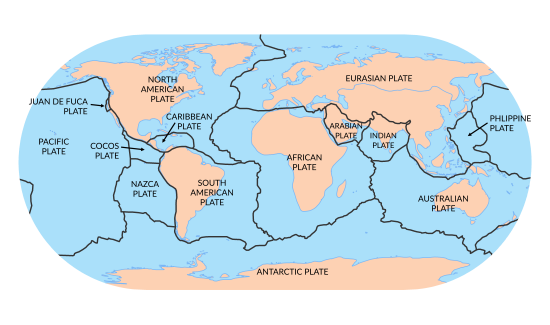
“The Ring of Fire tectonic plates collide and sink into the ocean floor at zones of subduction. This causes the most active and violent areas of earthquakes on the planet.”
Which type of tectonic plate is most common along the Pacific Ring of Fire?
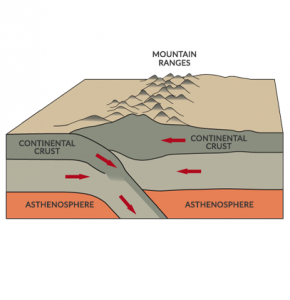
Convergent boundaries or subduction zones are where two plates collide with each other. These are the most common types of tectonic plates along the Pacific Ring of Fire.
But continents don’t always collide with oceans. Sometimes, continents collide with other continents, which is part of the formation of mountains.
It’s not only the Pacific Ring of Fire. But you can look all around the world and find examples. For example, the Nazca plate has created the Andes mountain range.
It’s just that erosion wears it away fairly quickly. For example, the Appalachians used to be 5 miles higher, when Africa collided with North America. But over 300 million years, weathering and erosion have torn them down and washed them through streams.
An overview of our moving planet
The ground beneath is not constant. It’s a vibrant, dynamic planet. Over long periods of time, it’s constantly changing. For example, earthquakes split the Earth’s crust creating new land and even mountain ranges.
Even geysers shoot out water when it seeps into the Earth’s cracks. All the results of convergent, divergent, and transform plate boundaries.
Let us know what you think! We’re happy to answer questions and listen to feedback.

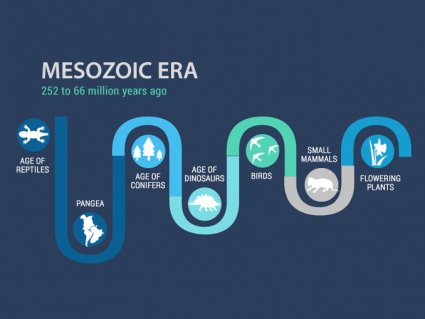
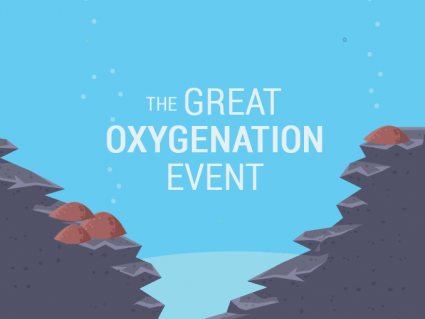
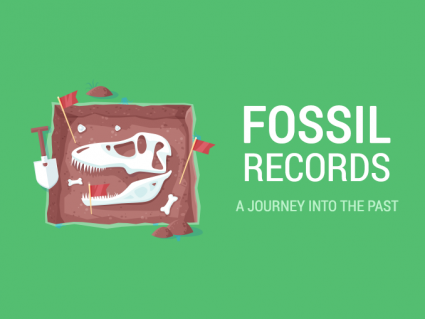
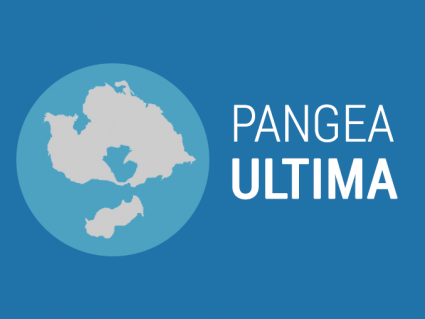
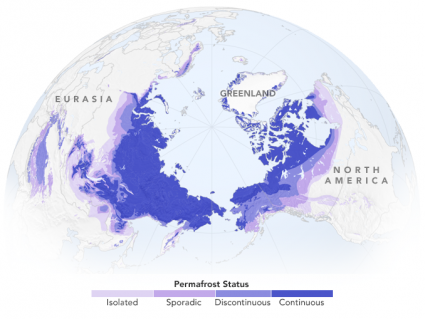
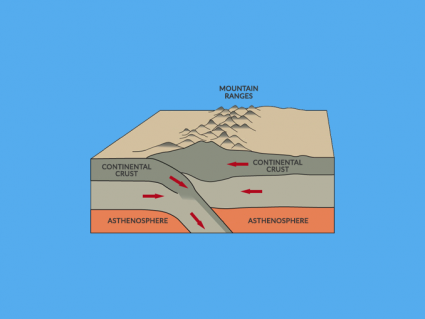
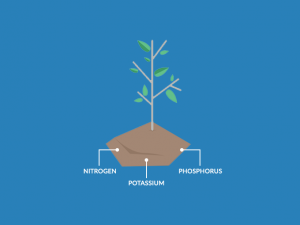
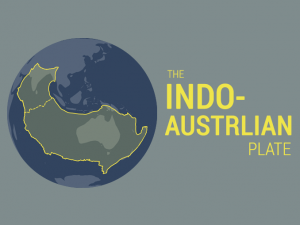
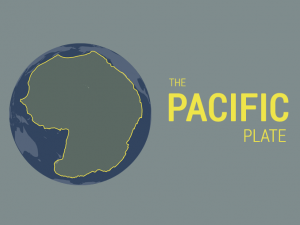
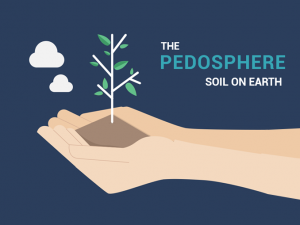
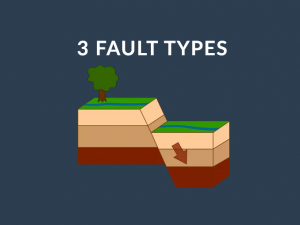
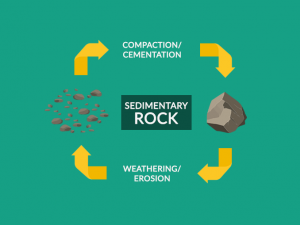
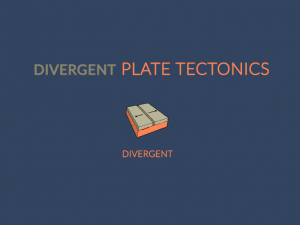
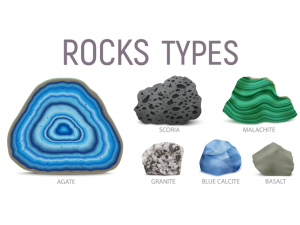
It was so good I needed to do my homework and you are the reason why I got full marks
Thank you
Wow
Good Evening.Could it be plausible.That due to humans negligence and destruction of the Earth’s surface, that we in ourselves are
destroying our own planet therefore inevitably resulting in irreversible shift and cracking of the earth’s core and crust collectively?